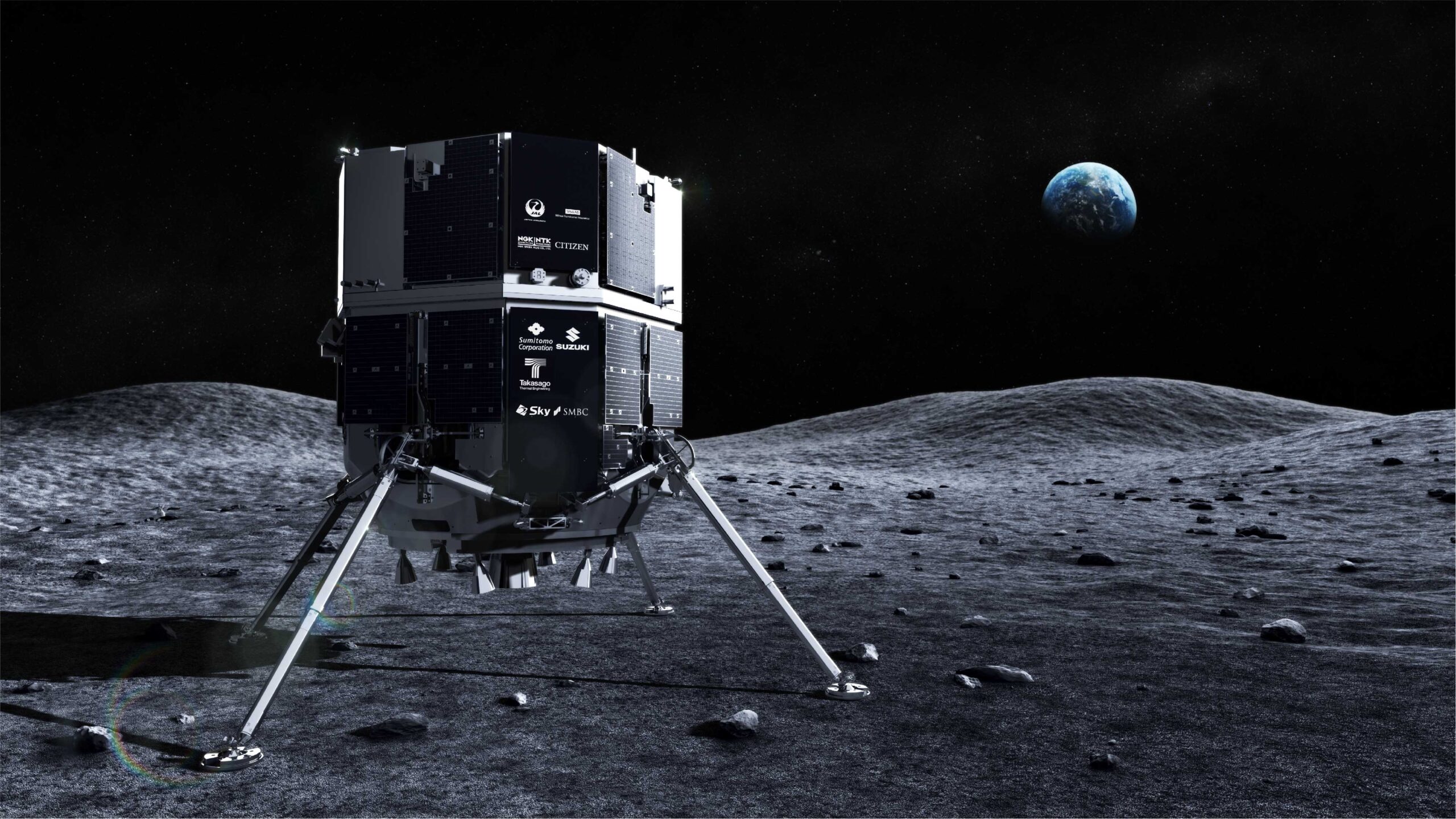I’ve written about “An Appearance of Life” twice before. See “‘An Appearance of Life’ by Brian W. Aldiss” and “Who Were the Korlevalulaw?” I’ve read this story four times before, and for this fifth reading I’m looking deeper into what Aldiss was hoping to communicate. I don’t think we get everything with one reading of a story, or even two or three. This essay is about the value of rereading.
For this reading I wanted to observe as many science-fictional concepts Aldiss was presenting in the story as I could spot. I’m doing this for several reasons. First, I want to show how science fiction builds on past science fiction. Second, I want to show how a reader’s previous reading experience can add to the current reading experience. Third, I want to show just how many new situations a science fiction writer must imagine building a new story. Fourth, I want to see if there are things I missed from earlier readings.
- Lost ancient alien civilization. I first encountered this theme with After Worlds Collide, but it also made famous with the film The Forbidden Planet. One of my favorite SF themes. The first part of “An Appearance of Life” uses this old theme and Aldiss calls that lost alien civilization the Korlevalulaw.
- On the planet Norma, less than a thousand light-years from Earth, a giant museum is being created to house artifacts from countless alien and human civilizations. The planet was once part of the Korlevalulaw galactic civilization. The museum is put inside a giant building that circles the entire planet, dividing it from land area to the north, and ammonia ocean to the south. This idea is new to me, so I’ll credit it to Aldiss’ imagination. However, megastructures are common in science fiction. This one reminds me of a smaller version of Ringworld.
- Aliens as demons. Little is known of the Korlevalulaw. Sometimes they are pictured as demons. That reminded me of Childhood’s End. But I’ve read several SF stories over the years that suggested ancient demons were aliens.
- Aliens as gods. Sometimes the Korlevalulaw are pictured as gods. This reminds me of Lovecraft’s ancient alien gods, and other SF stories, as well as Chariots of the Gods.
- Aliens in SF come from our deepest subconscious thoughts. And like God and gods, we expect them to return, to judge and punish us.
- Ultimate evolution. We imagine all the reasons why the Korlevalulaw disappeared. They gave up written language and evolved beyond physical bodies into pure mind, they left this universe, they committed species suicide. All these speculations are common in science fiction stories.
- The narrator, called The Seeker, comes from a planet where people seldom see each other, except for when they meet to breed. This reminds me of The Naked Sun.
- The Seeker stands next to his spaceship looking up at the giant museum building lying under a purple sun. Such immense vistas are often shown in SF paintings.
- An android greets the Seeker. Androids work tirelessly building the museum’s collections. Twenty human women supervise them. The androids provide the Seeker with a vehicle to ride inside the museum. The giant building is made of a single piece of imperviable metal, forming a 16,000-kilometer band around the planet. Such indestructible alloy and super-science architecture is common in SF stories. I’m especially reminded me of The Day the Earth Stood Still.
- The building feels immense on the inside, and it’s mostly empty though the humans have been piling up exhibits for ten centuries. The Seeker feels a sense of infinity inside the building. SF writers in the 1930s and 1940s liked to imagine giant awe-inspiring scenes. Even though this story was published in 1976, after Aldiss had gone through his New Wave period, it harkens back to the 1930s and Thrilling Wonder Stories. In some ways he’s following in the footsteps of Stanley Weinbaum.
- The Korlevalulaw building gives the Seeker a sense of infinity, causing him to feel insignificant and “clausagoraphobia.” Interesting made-up word by Aldiss.
- The Seeker has specialized training in concepts we don’t understand, but it gives him the power to see connections that others don’t. Humanity has created countless subdivisions in every discipline, and the Seeker can envision relationships across boundary lines. Heinlein often created generalists in the age of specialists.
- The Seeker came to the museum with several research assignments from institutions, universities, and individuals. For example, one assignment was to study whether the human voice was getting quieter over the centuries.
- The Seeker spends days studying the museum, living out of his car. At one point, he talks to a female android who is setting up an exhibit of extinct micro-organisms. I wonder why the android is female. Are there male androids. And why are the supervisors human females? Does Aldiss picture this place like many old science fiction movies from the 1950s where human males discover societies run by females. Does Aldiss visualize his scenes or expect his readers to visualize them? Is the Seeker male? Is Aldiss suggesting all posthumans are female?
- The Seeker contemplates the umwelt of androids. He assumes their sense of reality is much larger than ours. He also assumes their activities make them happy. This is the first time I can remember a SF writer considering the umwelt of anything.
- On the fifth day the Seeker studies ships and experiences nosthedony. This is a word Aldiss coined to mean “the pleasure of studying old objects.” See this blog post.
- The Seeker talks about the First Galactic Era, where men and their wives explored the galaxy in primitive machines. The Seeker notes this was also the time that human pair-bonding broke down and humanity began to mature.
- While exploring a five-person spaceship where all the occupants had died of a malfunction of the oxygen producing system, he finds a small gold band with a crude inscription. He wonders if it was a contraceptive device. Of course, we assume it’s a wedding band.
- The Seeker asks an eye about the ring. The eye appears to be something like security camera/Alexa/AI able to answer questions about things in the museum. He is told the band is a wedding ring, and what wedding rituals were.
- The story shifts from the Korlevalulaw to ancient humans. We assume the Seeker is a posthuman. This is a neat trick. I’ve always loved reading science fiction about extinct alien civilizations, and now I’m reading about extinct humans.
- The Seeker thinks of the ring as a form of communication. It signals a relationship status. He also wonders if the pair bonding broke when the occupants of the ship died.
- The Seeker finds a photograph of a couple, we assume connected to the ring. The Seeker notes the photograph is flat, suggesting they have higher tech photographs. He also notes their appearance wasn’t bad looking, as if ancient humans looked different from posthumans. This reminds me of “The Time Machine.” Was Wells the first writer to deal with posthumans?
- The Seeker remembers being told by another Seeker, a woman, that the secret of the universe might be locked away in the museum. Our Seeker told the woman Seeker the secret would be more likely found after the museum is complete. She argues that it would be better to find it now, when there is less to look through. He argues back the idea that there is a secret to the universe is a human construct. She replied, human or from the mind that created humans. I don’t remember contemplating this short bit of conversation before. Humans do believe that there is a secret to the universe, and some humans believe it comes from God. It’s interesting that Aldiss suggests that posthumans will no longer believe in such secrets. It’s also interesting to think posthumans will be two degrees from God or the concept of God.
- On the sixth day the Seeker explores the ships of the Second Galactic Era. They are up to five kilometers long. Reading the words “on the sixth day” reminds me of The Book of Genesis. I wonder if Aldiss intended that.
- The Seeker talks about how in the Second Era humans tried and failed to create galactic civilizations but failed because distance and relativity wouldn’t allow it. He said it was then that humans became comfortable being who they were. It was a time when the species put away its childish things. Aldiss is very philosophical and speculative here. He’s also taking a swipe at science fiction, but it infers a lot of cherish science fictional fantasies are childish.
- The Seeker surveys shelves of possessions these people had. He noted that during the childish period humans were overwhelmed by possessions. The Seeker thinks: “These long-dead people had seemingly thought of little else but possession in one form or another; yet, like androids in similar circumstances, they could not have recognized the limitations of their own umwelt.” This is fascinating. I did not notice this in my earlier readings. Last year I read An Immense World by Ed Yong, and it was all about the umwelt in people and animals. That book made me think a lot about the concept of umwelt, which I had heard of before, but never studied. It’s fascinating that Aldiss was focused on the concept back in 1976.
- The Seeker finds a cube with a button. When pressed, the cube says, “You are not my husband, Chris Mailer. I talk only to my husband. Switch off and set me right way up.” The Seeker tells the cube her husband died 65,000 years ago.
- The Seeker asks the museum about the cube and is told it is a “holocap.” That a copy of the woman’s brain has been embedded into the cube. Downloading brains has become quite a common theme in science fiction over the last several decades. It’s been around at least since the Professor Jameson stories from the 1930s.
- The Seeker is told the cube was taken from a small armed scout ship orbiting the planet Scundra. It had been to the planet and was returning to its mother ship when it blew up. Scundran extremists had planted a bomb on it. In retaliation, the planet was sterilized by a virus from the mother ship. The virus got loose on the mother ship, and everyone died. The planet, scout ship, and mother ship had been ignored for centuries. The cube had come from the scout ship.
- The museum gives him a history of the planet. At one time the Soviet India had settled it, but there had been a war. The planet was currently unhabituated and was an automated farming planet.
- The Seeker contemplates the destruction of Scundra and eventually wonders if something similar could have happened to the Korlevalulaw. That Scundra had died over fighting for possessions.
- The Seeker also wonders about the relationship between the organic and the inorganic of the universe.
- The androids are unpacking objects taken from Scundra and the Seeker unwraps one from the apartment of a married couple, Jean, and Lan Gopal. It was another holocap, but a much more sophisticated one. It lit up when the Seeker accidentally pressed a small button. It gave the impression of a man’s head. It said, “This holocap is intended only for my ex-wife, Jean Gopal. I have no business with you. Switch off and be good enough to return me to Jean. This is Chris Mailer.” This holocap projected the appearance of Chris Mailer.
- The Seeker contemplated the coincidence. Noted that Jean had been young, and Chris much older. He decides to reunite them. Jean’s cube had been found on the planet and Chris’s cube was found on the scout ship. They had been on opposing sides of a war.
- After 650 centuries he put the two cubes together on a shelf about a meter apart. Aldiss dismissed the unbelievable coincidence because the androids were unpacking crates from the same locations.
- We are told of the conversation. We’re also told the Seeker did not understand the dynamics of the relationship because they are primitive beings. Jean’s cube was older, and her holographic head wasn’t as well defined as Chris’s holographic image. But Jean appeared younger. She apologized for breaking up the marriage but claimed to have been young and foolish.
- For Jean, it’s been 12 years. Chris talks about regret and Jean’s affair with Gopal. Chris speaks of receiving her holocap fifteen years ago. So, it’s been at least twenty-seven years since they broke up. Jean appears to want to get back together. Chris hopes that Gopal made her forget him. Chris admits they are enemies in the conflict. Then we learn that Jean sent her holocap from Earth. Evidently, in the subsequent years she and Gopal moved to Scundra.
- Eventually, the Seeker comprehends the two holocaps were not conversing, but merely repeating their messages. Jean’s message had been recorded before the divorce, while Chris’s message was recorded long afterwards. Chris had been traveling with Jean’s holocap for years. He had joined space mercenaries after the divorce.
- The Seeker saw that they could not get beyond their limited roles in life. And understanding those roles might be beyond him. And understanding the Korlevalulaw might be the same too.
- This revelation makes the Seeker say he had found the secret of the universe. That humans were just a projection of the Korlevalulaw, without free will. That humans are like the two holocaps. They really can’t communicate with each other, only say what they’ve been programmed to say. This was a powerful insight for Aldiss, but not for me. I still not sure I “got” the story as he intended.
- The Seeker starts doubting this insight. Then Aldiss says something absolutely true. We contain an umwelt but not a universe. This is an interesting distinction about our senses. We don’t look out onto reality, but instead model reality inside our head with limited sensory input. Basically, our sense of reality is biological VR. Is that what Aldiss was getting at in 1976?
- In the end, the Seeker leaves Norma but does not go home. He finds a planet without people to exile himself. He’s afraid his insight is a virus that could infect all of humanity and destroy it. It’s damn strange that I’m ending on #42, after the Seeker has found the meaning of the universe. Did the Seeker leave humanity on the seventh day?
“An Appearance of Life” is one of my all-time favorite science fiction stories. However, you probably won’t be able to find a copy. It’s rarely been reprinted. I considered violating copyright law and making a pdf for you all, but I’m afraid the estate of Brain W. Aldiss would sue me.
I hope I have shown that this story requires a deep experience of science fiction to appreciate. I also hope I have convinced you of the value of rereading. If you’ve only read “An Appearance of Life” once, did you get all of this?
James Wallace Harris, 10/13/23






